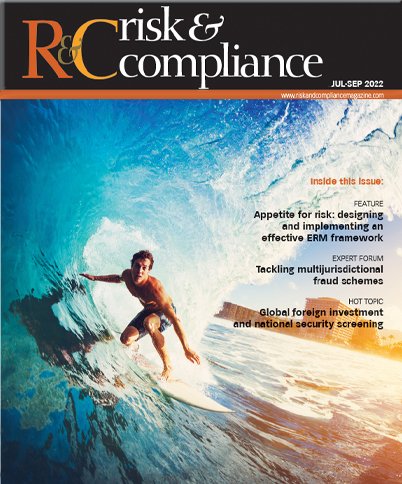RISK AND COMPLIANCE IN THE METAVERSE
Big tech companies are betting on the metaverse: a virtual reality (VR) environment which combines various services already found on the internet. Typically, users can navigate through this environment via a 3D representation: an avatar. With this, the metaverse becomes more than just a social media platform or communication tool, but a VR connecting all online services.
The term ‘metaverse’ was first used by Neal Stephenson, a writer known for his works of speculative fiction, in his 1992 book ‘Snow Crash’. Two decades later, Ernest Cline, science fiction novelist and screenwriter, described the metaverse for a more mainstream audience in his book ‘Ready Player One’.
Today, fiction has impacted reality, with coders and tech companies using both of these books as inspiration for their metaverse platforms. Moreover, both novels feature dystopian futures, not shiny, desirable worlds. And new technology based on dystopia is, of course, vulnerable to ethical pitfalls.
Although we are still some distance away from the dystopian visions described in these books, a number of global companies are already using social media platforms to support their internal communications, allowing employees to exchange information via self-created working groups. Such groups can also communicate via knowledge platforms, chat-bots and HR databases.
In addition, digital twins are becoming an established concept. It is up to the metaverse to combine all these existing platforms holistically. Thus, employees will not only be able to inhabit their real-time digital counterparts but, thanks to avatars and VR glasses, will have the capacity to directly operate various equipment.

